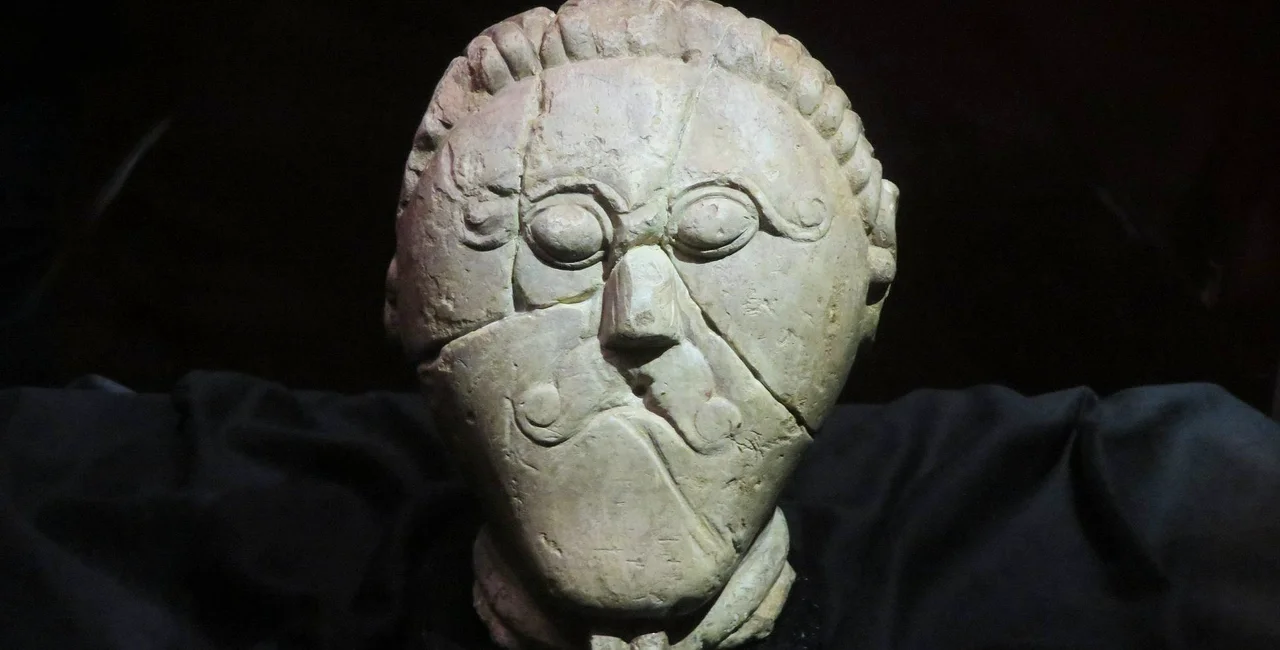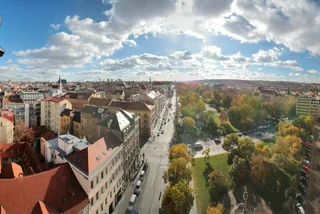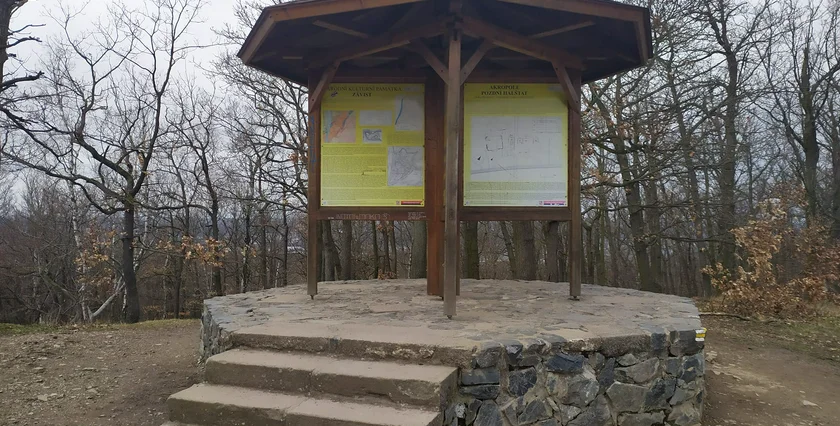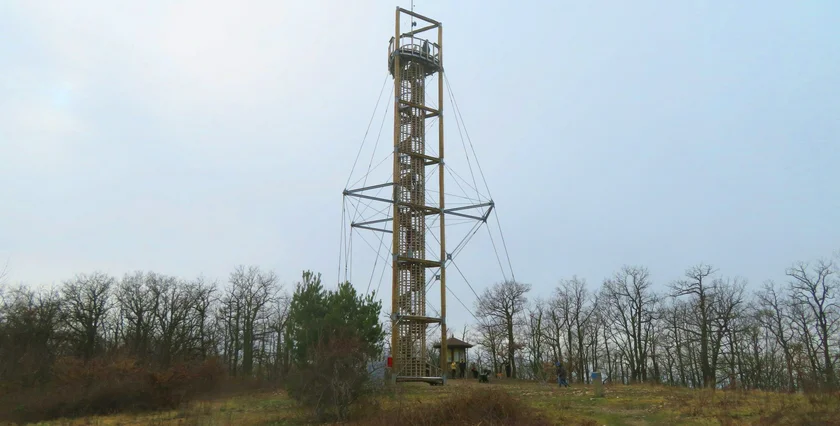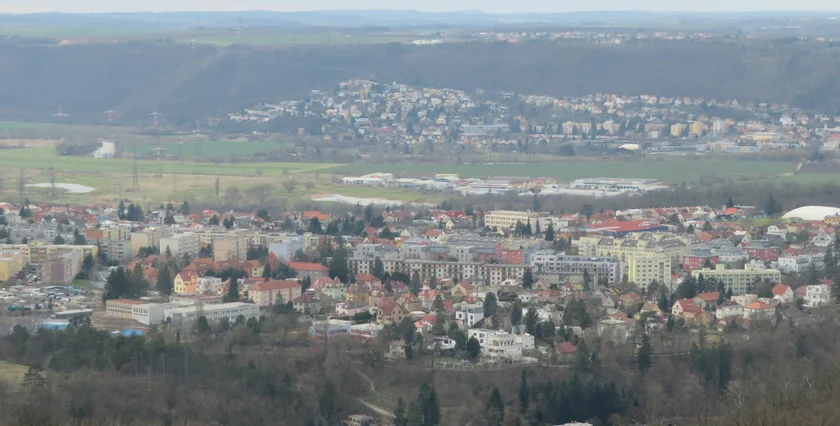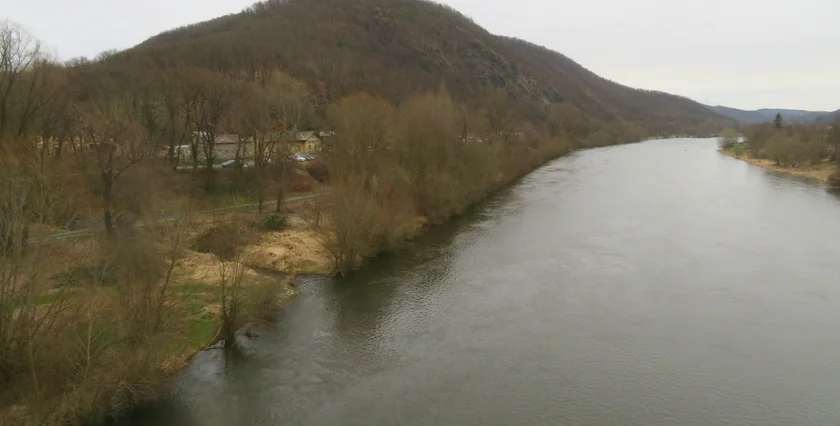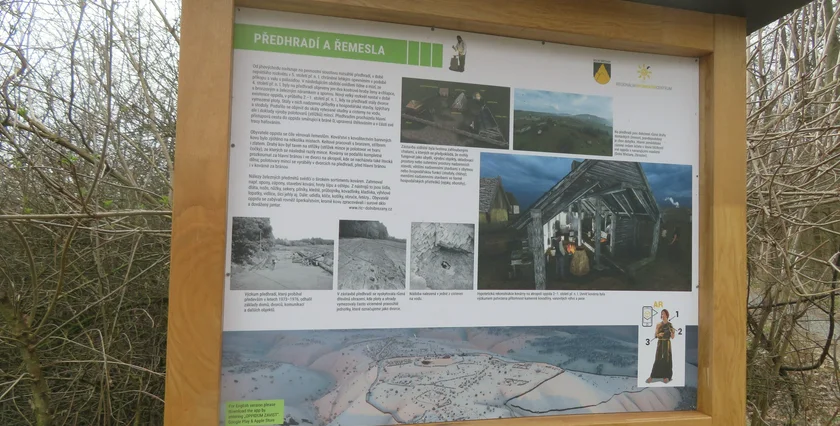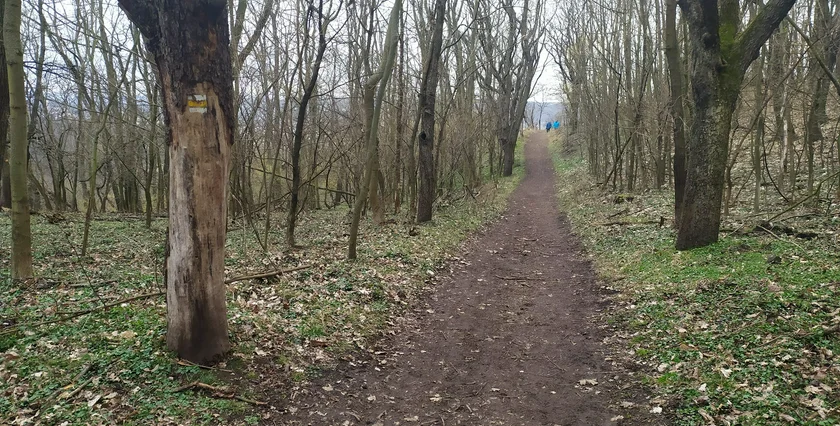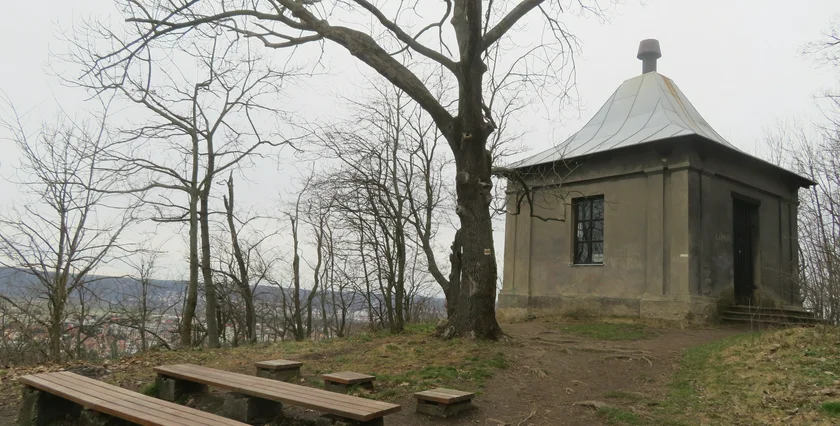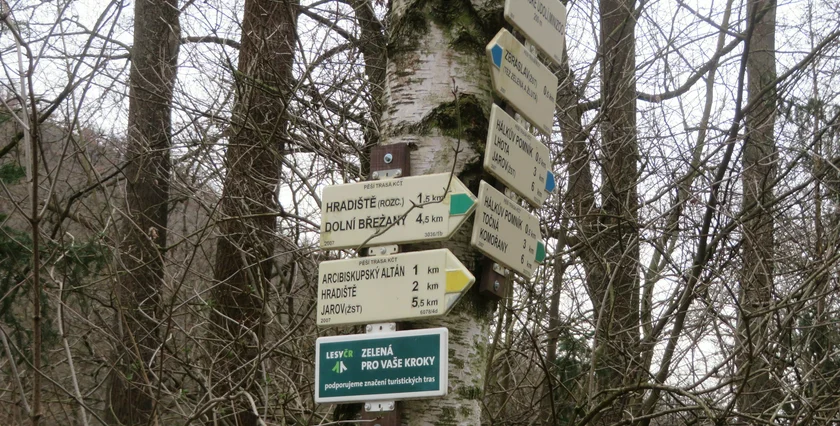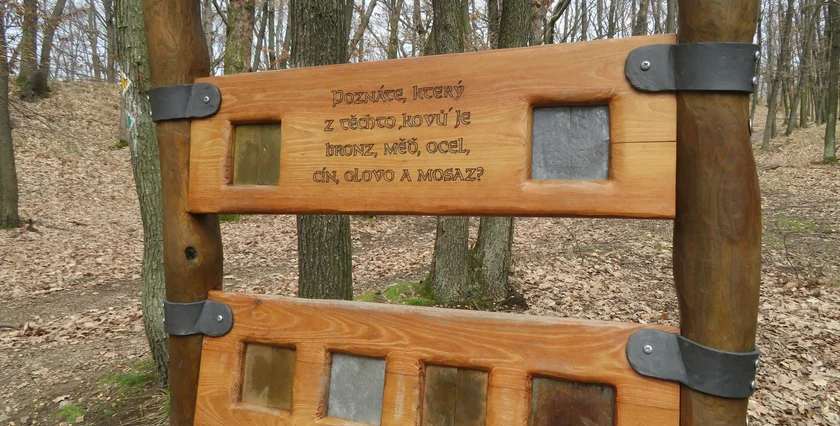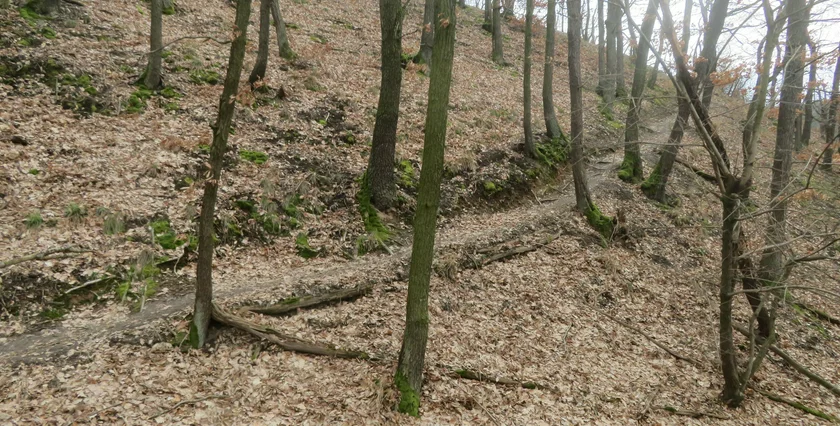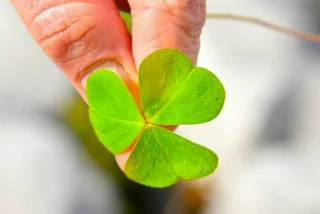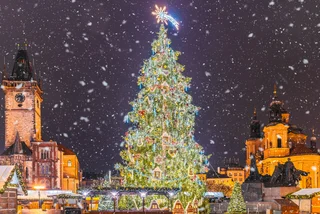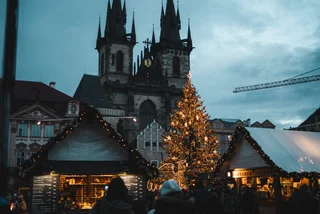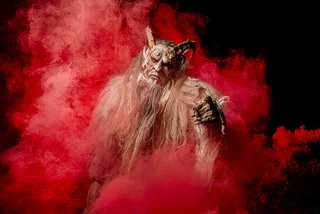There is a saying that everyone is Irish on St. Patrick’s Day. For people in Bohemia, that might have a grain of truth, as Celtic tribes lived in the area two millennia ago. Walking trails in the south of Prague and Central Bohemia can put you in their footsteps.
The name Bohemia is even derived from "Boii," a particular Celtic tribe that was defeated by Roman armies in what is now northern Italy in 193 B.C. and migrated to Central Europe. Part of the land where they settled was called Boiohaemum by ancient Roman writers.
PARTNER ARTICLE
While this works in English and German (Böhmen), Czechs use the word “Čechy” instead, which is derived from the name of a Slavic tribe.
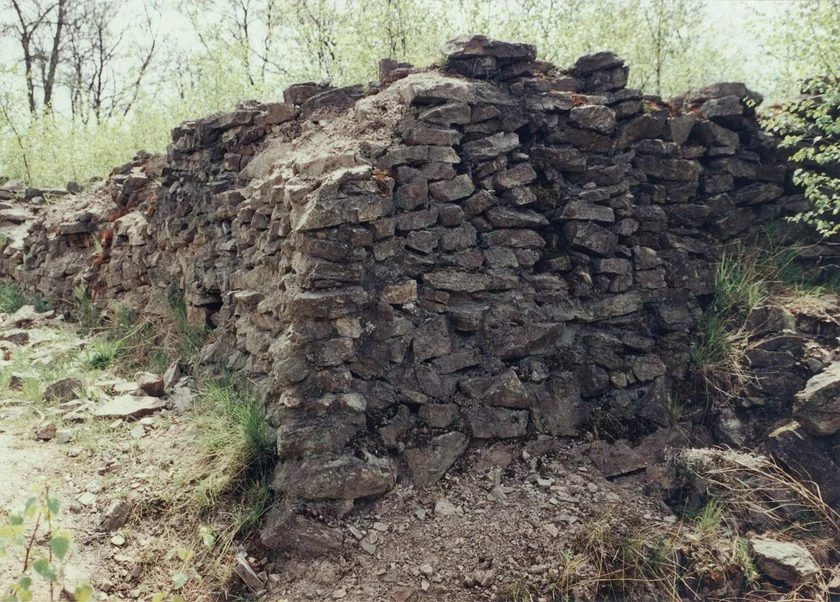
People will say that traces of Celts can still be seen in the occasional red-headed person born to a local family, but that is debatable. Archaeological sites and artifacts, though, prove that several waves of Celtic tribes passed through Central Bohemia hundreds of years before Slavic tribes established Prague.
Even before the Boii arrived, other groups of Celts were in the area perhaps as early as the eighth century B.C. This would mean the Celts were in Bohemia even before they arrived in Ireland.
The original agricultural settlements left few traces, but later ones had to be fortified due to conflicts with Germanic tribes. Several of these settlements – known in the singular as an “oppidum” – have been discovered by archaeologists and explored.
A Celtic stronghold on the edge of Prague
Bohemia’s largest Celtic fortification, commonly called Oppidum Závist, was on two hills on the southern edge of Prague. The main part was on Hradiště in Dolní Břežany in Central Bohemia and a smaller section in Šance in Prague. A stream and valley, which now divides Prague from Central Bohemia, goes through the middle of the two hills.
Marked hiking trails are on both hills, but the ones on Šance are quite narrow and steep in places, with mountain bikers often coming downhill very fast. A wooden viewing tower designed by Martin Rajniš opened on top of Hradiště in 2021, next to where the main Celtic buildings used to stand. Several marked trails lead to it, and are wider and better maintained than the paths on the Prague side.
Archaeologists explored the site between 1963 and 1990. Visitors could see some stone foundations up through 2004, but due to vandalism, these had to be covered over again with soil. Now there are just informational signs about Celtic culture with black-and-white pictures of some of the finds.
The walled town was founded around 180 B.C. and abandoned near 20 B.C., according to the Dolní Břežany website. The whole settlement covered 100 hectares and had an administrative building, houses, workshops, and storage areas. Smelting and metalworking took place there. Fortifications connected both hills, and defensive works ran a total of nine kilometers.
Oppidum Závist seems to have been the main center of Celtic culture in the region but was apparently overrun by Germanic tribes, who briefly occupied it but lost interest and soon left its remnants to decay just before the start of the common era. Slavic tribes left some traces of occupancy including some graves between the seventh and 10th centuries A.D.
Discovery in a sandpit
The site of a fortification in Mšecké Žehrovice, a tiny village in the western part of Central Bohemia, yielded a sculpted limestone head linked to the La Tène culture, an Iron Age group of Celts. The sculpture, made sometime in the third century to first century B.C., is now one of the most significant possessions of the National Museum, although it is currently not on display.
The original seldom is shown due to its fragility as well as security costs. But the museum sells copies for people who want a distinctive conversation piece.
The face with a curly mustache and eyebrows has been a popular image to illustrate Celtic culture in Europe and is one of the most precious physical remnants of Celtic presence from anywhere in Central Europe.
Details such as the neck ring and hairstyle imply the head may depict a druid. It is not clear whether it depicts a specific person, perhaps an ancestor, or a generic figure. “A number of finds of Celtic stone heads are known in Europe, but none of them has the same execution or the artistic qualities of this one,” the National Museum said.
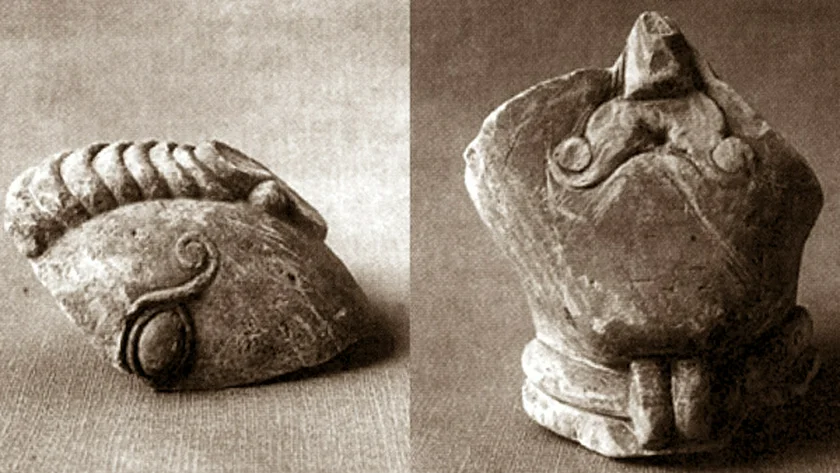
The first fragments were found by accident in 1943 by a worker named Josef Šlajchrt who was fixing damage at a sand pit. He brought the find to the local museum, which contacted experts in Prague. Archaeologist Ivan Borkovský led excavations that found additional pieces as well as more artifacts.
The find was kept secret until after World War II ended, for fear that the occupying German government would confiscate it. In total, five fragments of the head were found and only one ear is missing. The site of the former sandpit is now a fenced-off nature reserve.
Where to find Celtic sites in Bohemia
- A replica of the Celtic head and reconstructions of what the Mšecké Žehrovice settlement looked like are in the Nové Strašecí Muzeum, in the closest town to the actual site.
- Mšecké Žehrovice also has an educational trail with some signs at the fenced-off former archeological site. The Mšecké Žehrovice town office has 11 educational panels. Both are only in Czech.
- The Regional Information Center in Dolní Břežany has a small display, in Czech, with illustrations and a few artifacts from Oppidum Závist and replicas of Celtic tools.
- To reach the hiking paths in Dolní Břežany, take the 165 bus to the stop Nádraží Zbraslav.
- Other Celtic strongholds were in Hrazany in the southern part of Central Bohemia and Třísov in South Bohemia. Both have hiking trails.












 Reading time: 4 minutes
Reading time: 4 minutes 